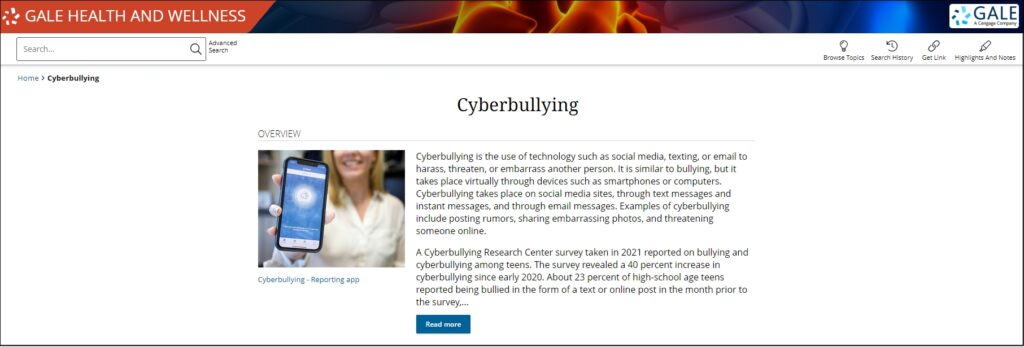| By Barbara Wexler, MPH |
As the school year gets underway, kids are back in classrooms, participating in extracurricular activities, making new friends, and all too often witnessing or enduring bullying. There are steps parents, educators, and students can take to prevent and combat bullying.
Successfully preventing bullying requires the concerted efforts of parents, teachers, coaches, students and the community. Effective prevention strategies are grounded in education, open communication, and fostering a positive environment.
The first step in preventing bullying is to educate children and teens about what bullying is and its harmful effects. Understanding the issue helps kids identify bullying, whether they are victims or bystanders. This awareness enables them to recognize bullying behaviors and take appropriate actions, such as seeking help from trusted adults or speaking up in support of their peers.
Maintaining open lines of communication between children and adults is essential. It’s important for parents to regularly talk with kids about their daily experiences, in school and online. These conversations not only help adults understand what children are going through but also reassure children and teens that they can talk about their problems without fear of judgment. This ongoing dialogue can prevent bullying from escalating and encourage kids to report incidents early.
Parents can also contribute to bullying prevention by being positive role models. By modeling kindness and respect in their interactions with others, online and offline, they set an example for their children, demonstrating how to treat others with dignity and kindness. Moreover, parents should actively engage in their children’s online activities, helping them navigate to avoid the risk of cyberbullying.
Creating a safe and inclusive environment is another crucial element in bullying prevention. Schools can play a significant role by establishing and enforcing policies that promote respect and inclusivity. Social and emotional learning programs help students build positive relationships and better manage their emotions. These programs can reduce bullying by fostering empathy and respect among students.
A community-based approach that involves teachers, school staff, parents, and students is essential in preventing bullying. Schools should assess the frequency and locations of bullying incidents to develop targeted prevention strategies. Engaging the entire school community in these efforts ensures that everyone is committed to creating a safe environment for all students.
In addition to the efforts made by adults, children and teens can take proactive steps to prevent bullying and create a more inclusive environment for themselves and their peers. Kids who see bullying can intervene by using assertive communication, such as telling the bully to stop or by getting help from a trusted adult. By standing up for themselves and others, children and teens can help to reduce the power imbalance that often fuels bullying behavior.
One of the most effective ways children and teens can prevent bullying is by supporting those who are targeted. Being an ally to victims by showing kindness, offering support, and helping them report the bullying not only helps the victim feel less isolated but also discourages bullies by showing them that their behavior is not acceptable.
Children and teens can also contribute to creating a positive school environment by promoting inclusivity and respect among their peers. This includes welcoming new students, encouraging friendships, and participating in school programs that promote kindness and respect. By fostering a culture of inclusivity, students can help prevent the social isolation that often leads to bullying.
With the rise of cyberbullying, it’s vitally important for children and teens to be aware of how they can protect themselves and others online. Young people should think carefully before posting online, be cautious about sharing personal information, and report any instances of cyberbullying they encounter. Being responsible digital citizens can significantly reduce the risks associated with online interactions.
Finally, children and teens can be positive role models by treating others with kindness and respect. This includes being mindful of their words and actions, both in person and online, and encouraging others to do the same. By standing up to bullying, supporting their peers, promoting a positive school environment, ensuring online safety, and modeling respectful behavior, children and teens can play a vital role in bullying prevention. These actions, combined with the efforts of adults, can create a more inclusive and supportive environment for everyone.
For more information on this important subject, please see these portals in the Gale Health and Wellness database: Bullying, Cyberbullying




